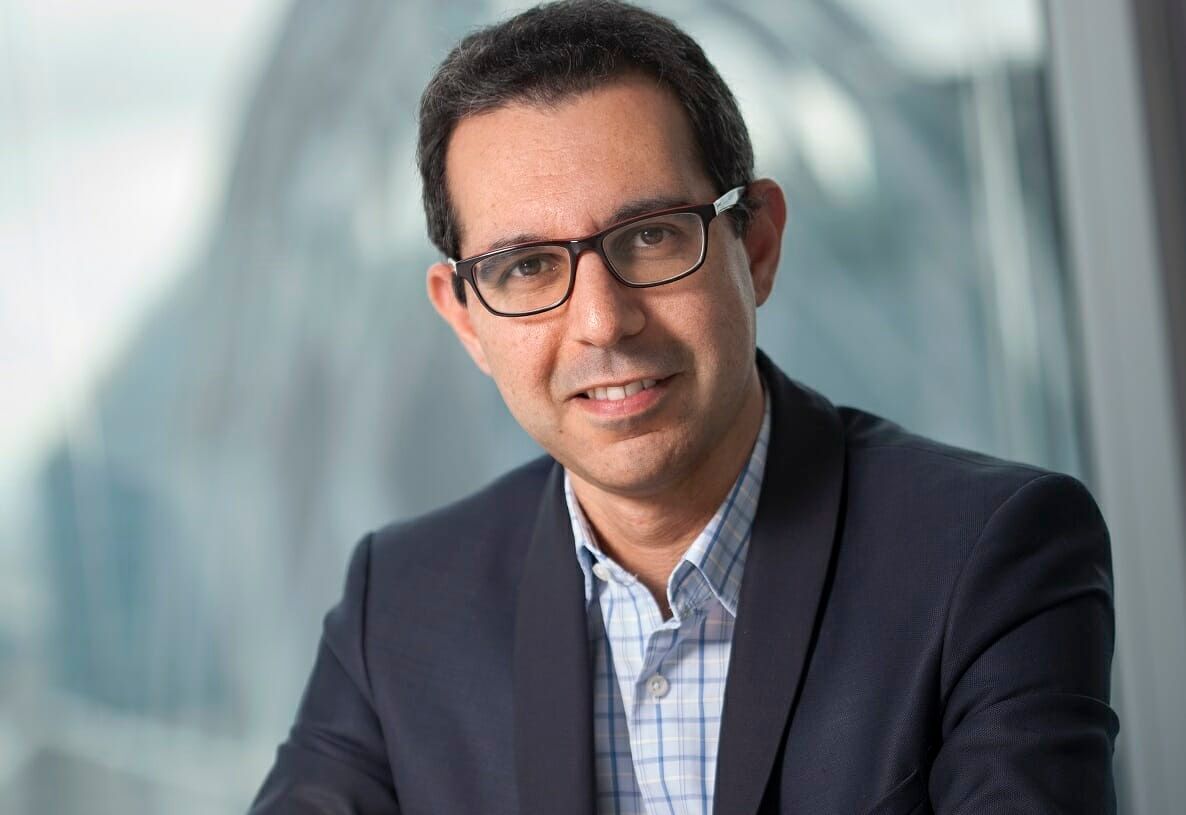FDA Approves Label Update for Durvalumab in Stage III NSCLC to Include OS Data
The FDA has approved an update to the durvalumab label for patients with unresectable, stage III non–small cell lung cancer whose disease has not progressed following concurrent platinum-based chemoradiotherapy in order to include overall survival data from the phase III PACIFIC trial.<br />
Olivier Nataf

Olivier Nataf
The FDA has approved an update to the durvalumab (Imfinzi) label for patients with unresectable, stage III nonsmall cell lung cancer (NSCLC) whose disease has not progressed following concurrent platinum-based chemoradiotherapy to include overall survival (OS) data from the phase III PACIFIC trial.1
Durvalumab was approved by the FDA in this setting in February 2018 based off of progression-free survival (PFS) data from the PACIFIC trial, showing a median PFS of 16.8 months with durvalumab compared with 5.6 months with placebo (HR, 0.52; 95% CI, 0.42-0.65;P<.0001).2The primary OS analysis was then published inThe New England Journal of Medicinein September 2018.3The median OS was not reached in the durvalumab arm, but treatment with the PD-L1 inhibitor demonstrated a reduction in the risk of death by 32% compared with placebo (HR, 0.68; 99.73% CI, 0.47-0.997;P= .0025).
Further, findings from a 3-year follow-up analysis were recently presented at the 2019 ASCO Annual Meeting showing that 57% (95% CI, 52.3%-61.4%) of patients in the durvalumab arm were still alive at 3 years compared with 43.5% (95% CI, 37.0%-49.9%) in the placebo arm.4
“This label update coupled with the recent 3-year overall survival data continue to reinforce the PACIFIC regimen as the standard of care in this curative-intent setting. For patients and providers, this announcement provides further evidence and confidence in the survival benefit of Imfinzi,” said Olivier Nataf, Head of US Oncology, AstraZeneca, in a statement.
The randomized, double-blind, international, phase III PACIFIC trial took place at 235 centers in 26 countries and enrolled 713 patients with stage III locally advanced, unresectable NSCLC who had not progressed after receiving at least 2 cycles of concurrent platinum-based chemoradiotherapy. The 2 primary endpoints of the trial were PFS and OS. Secondary endpoints included time to death or distant metastasis, time to second progression, and safety.
The median age of patients in the study was 64 years, and most were current or former smokers (91%). The majority were men (70.1%), and most had a squamous histology (45.7%). Prior chemotherapy use was similar between the groups, with 25.8% and 28.7% receiving induction chemotherapy before definitive chemoradiotherapy, in the durvalumab and placebo groups, respectively. Response to chemoradiotherapy was similar between the 2 arms.2
At 12 months, the rate of PFS was 55.9% in the durvalumab arm versus 35.3% in the placebo arm, and at 18 months, the PFS rates were 44.2% and 27.0%, respectively.2At 24 months, the OS rate was 66.3% in the durvalumab group versus 55.6% in the placebo group (2-sidedP= .005).3
As of the 3-year analysis, the median OS still had not been reached in the durvalumab arm compared with 29.1 months in the placebo arm (stratified HR, 0.69; 95% CI, 0.55-0.86).4
After treatment discontinuation, 43.3% of patients in the durvalumab group went on to receive subsequent therapy compared with 57.8% from the placebo group; of these patients, 9.7% and 26.6%, respectively, went on to receive immunotherapy.
The median time to the first subsequent therapy or death was 21.2 months in the durvalumab group compared with 10.4 months in the placebo group (HR, 0.58; 95% CI, 0.47-0.71). Further, the median times to second subsequent therapy or death were 30.2 and 17.8 months, respectively (HR, 0.61; 95% CI, 0.49-0.75).
According to the preliminary analysis, nearly all patients in both groups (96.8% for durvalumab and 94.9% for placebo) experienced adverse events (AEs) of any cause and grade.2Grade 3/4 AEs were slightly more common with durvalumab (29.9% vs 26.1%).
The 2-year OS analysis confirmed that the most common AEs (≥20%) among patients receiving durvalumab compared with placebo were cough (35.2% vs 25.2%, respectively), fatigue (24.0% vs 20.5%), dyspnea (22.3% vs 23.9%), and radiation pneumonitis (20.2% vs 15.8%).3
AEs caused discontinuations in 15.4% of patients in the durvalumab group and 9.8% of patients in the placebo group. About 29% of patients in the durvalumab group experienced serious AEs compared with 22.6% of the placebo arm.2
Durvalumab has been approved in several countries for patients with unresectable, stage III NSCLC based on the results of the PACIFIC trial and has also been included in the National Comprehensive Cancer Network guidelines as a category 1 recommendation for post-chemoradiotherapy consolidation immunotherapy in this setting.
The PD-L1 inhibitor has also been approved for the treatment of previously treated patients with advanced bladder cancer and recently received an orphan drug designation from the FDA for the treatment of patients with small cell lung cancer.
References
- IMFINZI (durvalumab) US Label Updated With Overall Survival Data in Unresectable, Stage III Non-small Cell Lung Cancer [press release]. Wilmington, DE: AstraZeneca; July 22, 2019. https://bwnews.pr/2JImfbI. Accessed July 22, 2019.
- Antonia SJ, Villegas A, Daniel D, et al; PACIFIC Investigators. Durvalumab after chemoradiotherapy in stage III nonsmall-cell lung cancer.N Engl J Med.2017;377(20):1919-1929 doi: 10.1056/NEJMoa1709937.
- Antonia SJ, Villegas A, Daniel D, et al; PACIFIC Investigators. Overall survival with durvalumab after chemoradiotherapy in stage III NSCLC.N Engl J Med. 2018;379(24):2342-2350. doi: 10.1056/NEJMoa1809697.
- Gray JE, Villegas AE, Daniel DB, et al. Three-year overall survival update from the PACIFIC trial.J Clin Oncol. 2019;37(suppl 15; abstr 8526). doi: 10.1200/JCO.2019.37.15_suppl.8526.
FDA Grants Breakthrough Therapy Designation to Sunvozertinib in EGFR Exon20+ NSCLC
April 9th 2024Sunvozertinib was granted breakthrough therapy designation by the FDA for the first-line treatment of patients with locally advanced or metastatic non-small cell lung cancer harboring an EGFR exon 20 insertion mutation.
Read More